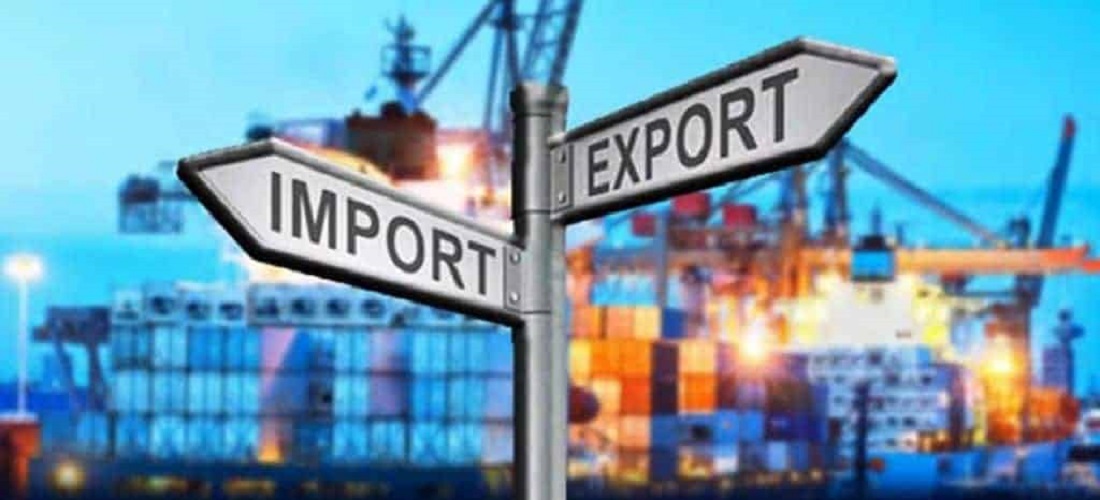
Whilst imports plunge, exports hold firm but for how long?
Jul, 06, 2020 Posted by datamarnewsWeek 202028
The new coronavirus has had an impact not only on people’s health and lifestyle, but also on trade relations. May data released recently by on Datamar’s DataLiner database shows that Brazil reached a record surplus during the month as imports and exports headed in opposite directions. This is due to the fact that the differences in lifestyle coupled with a devaluation of the Brazilian currency caused an acute downturn in imports. Meanwhile, the country’s total exports have remained strong, buoyed by the agribusiness sector given the perennial need for food, in addition to the favorable exchange rate. This situation is not exclusive to Brazil and is also reflected in the other East Coast South American region (Paraguay, Uruguay and Argentina).
The following chart provides a quick view of the fall in imports to the ECSA region by trade lane in May compared to the same period last year, with the largest drop coming from the most significant Far East trade lane:
ECSA imports by trade lane
Graph source: DataLiner
Fall in imports
When comparing the first five months of 2020 with the same period last year, imports look to have held up fairly well, with only a modest 0.11% year-on-year drop. This does not however tell the full story, as imports in the first months have been strong before the coronavirus pandemic took ahold of the economy. In May 2020, however, imports have plunged by 22% compared to May 2019.
Auto parts have been one of the many sectors affected. In Brazil, data from Anfavea indicates that vehicle production fell 49.5% in the first half of 2020 compared to the same period in 2019. DataLiner data shows that in May, tire exports fell 57.54% compared to year-ago levels.
Imports from the ECSA region (January to May 2020 & 2019)
Graph source: DataLiner
Will high exports be sustained?
Regarding exports, DataLiner data points to a 3.25% growth in containerized cargo shipments in the first five months of 2020 compared to the same period in 2019. Whilst this is excellent news given the current economic situation, it does not reflect the phenomenal growth in exports of noncontainerized cargo, particularly sugar and soy. The growth in container cargo refers to the significant increase in exports of animal protein, mainly to China. Data released on Monday, July 6, by Abrafrigo, shows that in June alone, beef exports grew 28%, with China as the main destination.
Looking ahead, however, the question is whether such export growth can be sustained. Recently, China – which is by far the biggest reason for growth in exports of Brazilian agricultural products – disclosed that due to its concern regarding contamination of products by the coronavirus, it has started implementing a more rigorous inspection process for imports that is expected to cause port congestion and a slowdown in the logistical flow.
Moreover, in recent days the Asian country temporarily revoked the right for some Brazilian slaughterhouses to export to the country. The latest plants to lose their authorization, on July 4th, were two pig slaughterhouses – one belonging to BRF in Lajeado and the other to JBS in Três Passos, both in Rio Grande do Sul.
In summary, the month of July could possibly be challenging for the ECSA region’s trade balance, both for imports and exports.
Exports from the ECSA region (January to May 2020 & 2019)
Graph source: DataLiner
-
Ports and Terminals
Mar, 25, 2022
0
Suape is considering collaborating on a green hydrogen production project with Copergás and Qair
-
Ports and Terminals
Mar, 28, 2022
0
The handling at Itajaí and Navegantes Port Complex reaches 1.29M tonnes in February
-
Economy
Dec, 07, 2023
0
Alckmin celebrates agreement with Singapore: 1st signed by Mercosur in 10 years
-
Ports and Terminals
Aug, 26, 2022
0
Brazilian police launches operation to investigate international drug trafficking at Port of Santos


